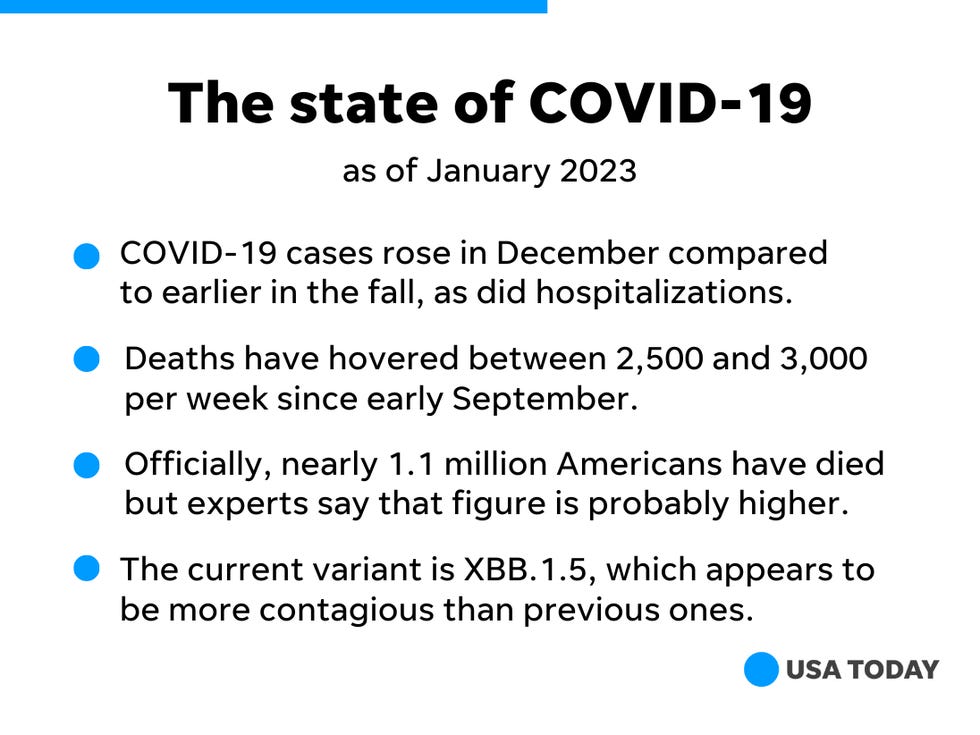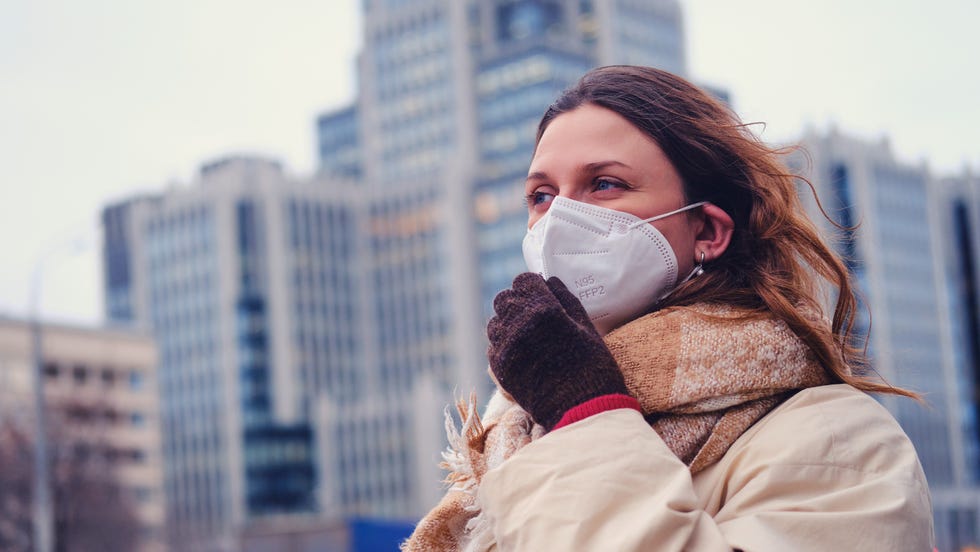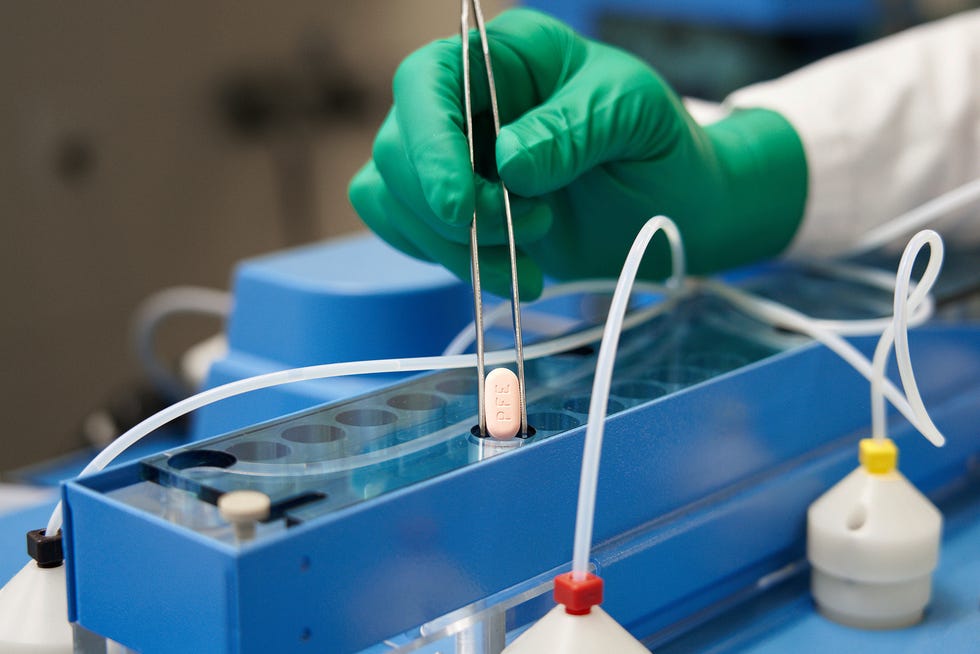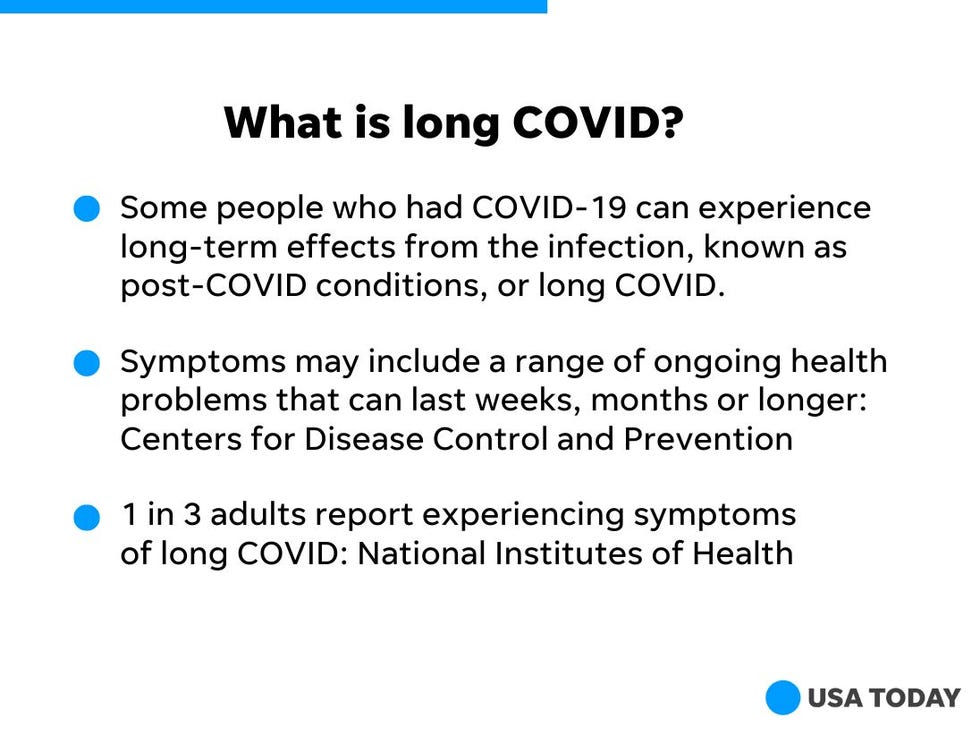.jpeg)
Originally published on www.orthomolecular.org by Richard Z. Cheng, MD, PhD and Thomas E. Levy, MD, JD
Osteoporosis, like most other disease, is caused by many factors including deficiencies of essential nutrients such as vitamin D. But the central dogma has been promoting just prescription drugs and calcium supplements. This strategy sounds simple and straightforward, but unfortunately not only does it not work, it may even be harmful. There is a rich body of data in the literature showing that lifestyle, nutrition, toxins, and hormonal balance have an impact on bone health and osteoporosis. A brief summary of this research is presented here. For optimal results, the practical management of osteoporosis and other chronic diseases should incorporate this knowledge.
A recent issue of New England Journal of Medicine published an article claiming that vitamin D supplementation does not improve osteoporosis. [1] Forbes magazine immediately jumped the gun: Stop Taking Vitamin D Already! [2]
Vitamin D is more than just a vitamin; it is more like a hormone with pleiotropic effects on the body, including immune-boosting effects that fight against Covid-19. Giving advice to stop taking vitamin D based on just one negative study is not only unscientific, it’s against common sense. (We will not discuss the study design issues, as Dr. William Grant will presently offer his critique of NEJM article’s poor study design).
Because vitamin D is involved in many aspects of health, maintaining an adequate level is critically important. Yet many individuals are deficient, which has likely increased the rates of infection and death from Covid-19. There have been many clinical studies on vitamin D3 and Covid-19 in the last two years, including a special collection of Micronutrients for Viral Infections – Reference Bibliography by International Society for Orthomolecular Medicine, [3] and several such papers on Orthomolecular Medicine News Service including a recent review by Dr. Grant. [4] Have the author and editor of the Forbes article not been updated on the vitamin D research — or is there something else?
Prescription drugs and calcium supplements have no significant benefits for treating osteoporosis.
Earlier this year, a meta-analysis published on JAMA found that bisphosphonates, a major class of prescription osteoporosis drugs offer very few benefits to osteoporotic patients. [5] Another meta-analysis on JAMA showed calcium supplements do not offer significant help to osteoporosis. [6]
Calcium supplements increase the risk of cardiovascular diseases and cancer.
To make matters worse, calcium supplements not only do not improve your health, but may actually increase your risks of cardiovascular diseases and cancer, as reported on a recent study. [7]
Many studies in the literature have demonstrated the risks of calcium supplements, as summarized by Thomas Levy. [8,9]
Prescription drugs and calcium supplements are not helpful and may even be harmful. So, are osteoporosis patients doomed?
Not at all. There is a rich body of evidence in the medical literature showing that osteoporosis is a multifactorial disease — and that a healthy lifestyle, reversing a toxin overload (by detoxification), optimal nutrition, and hormonal balance are effective in improving not only osteoporosis but overall health. [8]
Highlights of some of the relevant research:
- Vitamin C and Osteoporosis:
- Increased oxidative stress (= inflammatory response) in the bone is accompanied by an increase in C-reactive protein (CRP). The level of CRP can accurately predict fracture risk in older women with osteoporosis. [10]
- Increases in other inflammatory markers are also closely associated with increased fracture risk. [11]
- High-dose vitamin C can significantly reduce CRP and many other markers of inflammation. [12]
- Vitamin C stimulates the development of osteoblasts. [13,14]
- Vitamin C is necessary for the synthesis of progenin (class III), which is required for the growth of osteoblasts. [15]
- Dietary vitamin C, which is negligible compared to the level provided by vitamin C supplementation, does not reduce fracture risk. [16]
- Elderly osteoporosis patients with a history of fractures had significantly lower levels of vitamin C than those without a history of fractures. [17]
- Supplementation with vitamin C, but not calcium, significantly increased bone mineral density in all bones. [18]
- In ovariectomized mice, vitamin C prevents bone loss. [19]
- Vitamin C significantly accelerates fracture healing. [20]
- An adequate vitamin C level significantly improves the strength of healed fractures. [21]
- Magnesium deficiency and osteoporosis:
- Magnesium is a natural calcium antagonist. [22,23]
- Magnesium dissolves calcium deposits in soft tissues. [24]
- Magnesium deficiency leads to a detrimental increase in intracellular calcium. [25]
- Magnesium increases bone density and reduces fractures. [26]
- An adequate intake of magnesium reduces all-cause mortality. [27,28]
- Usual supplemental doses have no toxic side effects.
- Vitamin K deficiency and osteoporosis:
- Vitamin K inhibits ectopic calcification by activating proteases such as osteocalcin and matrix Gla proteins. [29]
- Vitamin K helps dissolve deposited calcium in organs and arteries. [30]
- Neutralizes warfarin (warfarin can cause ectopic calcification). [31]
- Reduced fracture risk. [32]
- Improves bone quality. [33]
- Adequate intake of vitamin K reduces cardiac and all-cause mortality. [34]
- At any dose tried, there was no apparent toxicity. [35]
- Vitamin D deficiency and osteoporosis:
- An adequate level of vitamin D ensures that the body gets enough calcium from the diet.
- The role of vitamin D goes far beyond the metabolism of bone and calcium.
- Vitamin D regulates about 2000 genes. [36]
- A deficiency of vitamin D leads to osteoporosis. [37]
- Too much vitamin D exacerbates osteoporosis. [38]
- During bone growth and development, vitamin D plays an important role in bone density. [39]
- Therapeutic doses of vitamin D reduced all-cause mortality. [40,41]
- Estrogens and Osteoporosis:
- Estrogen reduces coronary calcium deposition. [42]
- The higher the E2, the lower the CAC score. [43]
- Estrogen inhibits a calcification-promoting protease. [44]
- Estrogen deficiency leads to an increase in cytokines that promote inflammation. [45]
- Reduction of fracture risk in patients with osteoporosis. [46]
- Estrogen deficiency increases all-cause mortality. [47]
- Estrogen deficiency promotes metabolic syndrome. [48]
- Androgens and Osteoporosis:
- Testosterone deficiency is a well-established fracture risk factor. [49]
- Testosterone has a calcium channel blocking function. [50]
- Prostate cancer patients often have low testosterone levels. [51]
- Testosterone levels are often inversely proportional to coronary calcium index. [51]
- Testosterone deficiency increases all-cause mortality. [52,53]
- Thyroid hormones and Osteoporosis:
- Thyroid hormones have a significant effect on the metabolism of cells throughout the body. [54]
- The roles of early skeletal development and high bone mass (Peak Bone Mass) are essential. [55]
- Both high and low thyroid function increase fracture risk. [56]
- TSH has a direct (non-thyroid-related) bone-protecting function. [57,58]
- Both too high and too low thyroxine independently increased all-cause mortality. This includes subclinical hypothyroidism and subclinical hyperthyroidism. [59,60]
- Thyroid hormones status should be a part of routine medical examination, and should be checked regularly (at least annually), especially in the elderly population. Effective therapy is available.
- Essential Fatty Acids (EFA) and Osteoporosis:
- Calcium supplements are not only unhelpful, they are harmful: chronic hypercalcemia is common in adults, and calcium supplements promote coronary calcium.
- A recent study showed that calcium supplementation has no effect on osteoporosis. [6]
- One-third of Americans over the age of 45 have CT-detected arterial calcification. [66]
- Coronary heart disease is associated with osteoporosis. [67]
- Aortic calcification is associated with osteoporosis. [68]
- Calcium supplements promote coronary calcium deposition.
- A recent 10-year large study of 5448 subjects in the United States found that calcium supplementation was 22% more likely to be positive for CAC (coronary calcium index) than those who did not. CAC has been generally recognized as a reliable predictor of atherosclerotic plaque burden, coronary heart disease, and all-cause mortality. [69-71]
- A recent meta-analysis again showed that calcium supplements increase the risk of cardiovascular disease. [7]
- Significant calcifications outside the bones: indicating calcium excess
- Ectopic calcifications are very common in cancer.
- Using the latest MRI, 22 of 23 prostate patients were found to have prostate calcification. [72]
- Excessive intracellular calcium is associated with cancer:
- The relationship between intracellular calcium and cancer is well established. Higher intracellular calcium level increases cancer cell growth and metastasis. [73-75]
- Conversely, a drop in intracellular calcium reduces cancer cell metastasis. [76]
- Women with the highest scores on a bone density test had an increased risk of breast cancer. [77]
- Calcifications are usually seen on mammography in patients with breast cancer. [78]
- Calcium and calcium channel blockers (CCBs), also known as calcium ion antagonists, have the effect of reducing intracellular calcium ion level.
- Evidence that increased intracellular calcium leads to increased intracellular oxidative stress (toxicity):
- CCBs can prevent methylmercury-induced nerve damage in rats; [79]
- The use of CCBs is inversely related to the occurrence of prostate cancer; [80]
- CCBs reduce intracytoplasmic iron accumulation and further increase the increase in intracellular oxidative stress. The accumulation and increase of intracellular iron are also important factors in the carcinogenesis of cells. [81]
To put these altogether, we recommend an integrated management of osteoporosis that includes at least the following:
- Healthy lifestyle
- Sufficient exercise, outdoor activities, relaxation, and sleep.
- Nutrition rich anti-inflammatory healthy diets to include low carbohydrates, sufficient proteins and healthy fats; minimize processed foods and synthetic food additives, agricultural chemicals, antibiotics and hormones, and other environmental pollutants.
- Nutrition: In addition to adequate doses of vitamin C,D,E,K2, and magnesium supplements, macro- and micro-nutrients play a significant roles in the prevention and reversal of bone health and osteoporosis, as reviewed in [82]. Broad spectrum optimal vitamins and micronutrients, esp. vitamin C, D, K2, and magnesium, as these nutrients require each other for optimal effects, as described in [83].
- Toxins and detox. Environmental toxins are a major category of detrimental root causes to our health.
- Hormonal balance. Monitoring the status of the thyroid, adrenal and sex hormones and balance if indicated, is another under-recognized area in medicine today.

 It is a little known fact that artificial sweeteners like aspartame and Splenda are highly toxic chemicals which required massive industry funding and propaganda, as well as the abject failure of governmental regulatory oversight by the FDA, in order to be approved and promoted to billions of consumers as safe alternatives to healthy and natural sweeteners, such as xylitol, stevia, honey and maple syrup.
It is a little known fact that artificial sweeteners like aspartame and Splenda are highly toxic chemicals which required massive industry funding and propaganda, as well as the abject failure of governmental regulatory oversight by the FDA, in order to be approved and promoted to billions of consumers as safe alternatives to healthy and natural sweeteners, such as xylitol, stevia, honey and maple syrup.







 Peppermint is actually a hybridized cross between Water Mint (Mentha aquatica) and Spearmint (Mentha spicata),
Peppermint is actually a hybridized cross between Water Mint (Mentha aquatica) and Spearmint (Mentha spicata),

.jpeg)
.jpeg)


